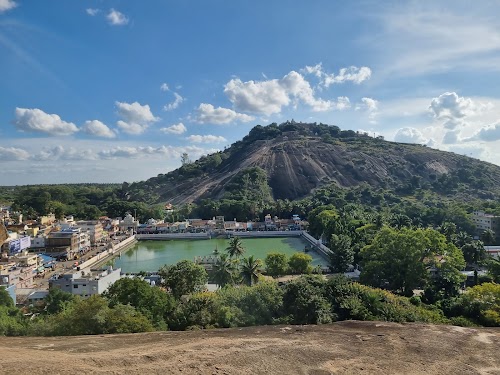
Inscriptions of Shravanabelagola
Shravanabelagola, India
- Explore Vindhyagiri and Chandragiri hills.
- Learn about Ganga, Hoysala dynasties.
- Photograph the various rock-cut inscriptions.
- Read and interpret ancient inscriptions.
- Visit the Archaeological Survey of India museum.
Known for:
Description:
Shravanabelagola is renowned for its rich collection of inscriptions, primarily found at the Vindhyagiri and Chandragiri hills. These inscriptions, etched in Kannada, Sanskrit, Tamil, and Marathi, offer invaluable insights into the history, culture, and religious practices of the region and the Jain faith. They document the reigns of various dynasties, including the Gangas, Hoysalas, and Vijayanagara Empire, providing genealogical details, land grants, and accounts of significant events. Exploring these inscriptions is like stepping back in time, allowing visitors to connect with the past and appreciate the historical significance of Shravanabelagola. The inscriptions provide crucial information about the construction of temples, the lives of Jain monks, and the social fabric of the era. A visit to Shravanabelagola is incomplete without delving into these historical records.
History:
The inscriptions at Shravanabelagola date back to as early as the 6th century AD, with the majority belonging to the Ganga dynasty (circa 350-1000 AD). These inscriptions offer a detailed account of the Ganga kings, their administrative policies, and their patronage of Jainism. Later inscriptions from the Hoysala and Vijayanagara periods further enrich the historical narrative, showcasing the continued importance of Shravanabelagola as a Jain pilgrimage center. The inscriptions often commemorate the Sallekhana (fasting unto death) practice undertaken by Jain monks and laypersons, highlighting the spiritual dedication of the community. They also provide insights into the socio-economic conditions of the time, including details about land ownership, taxation, and trade. The study of these inscriptions has been instrumental in reconstructing the history of Karnataka and Jainism.